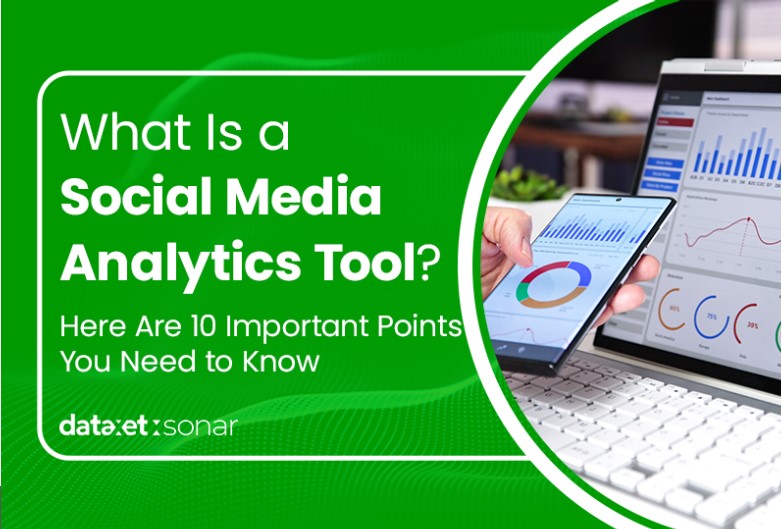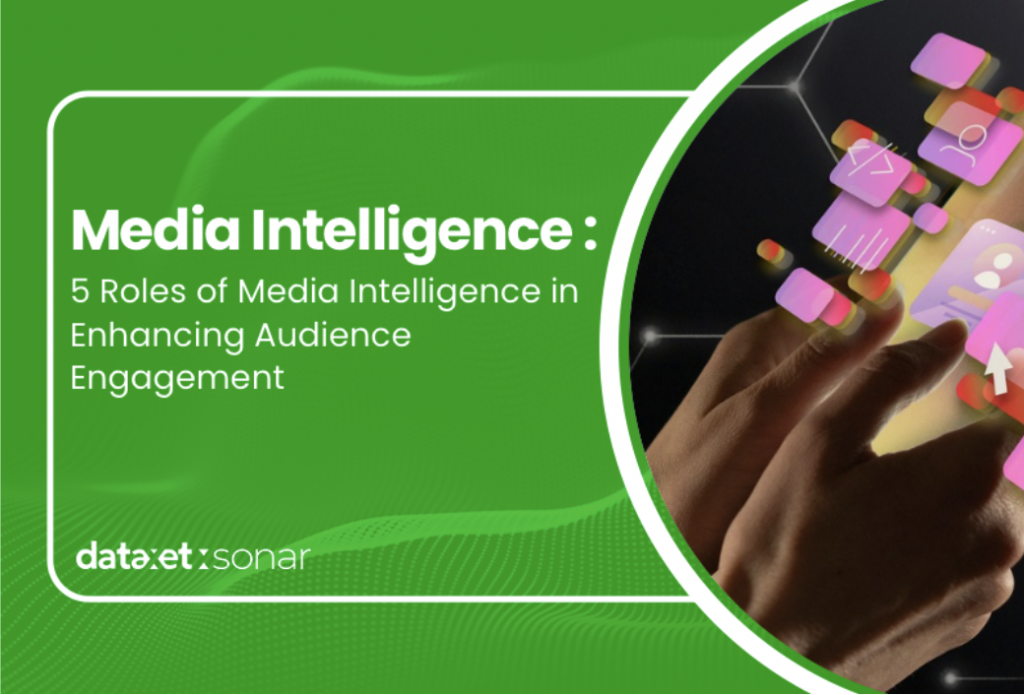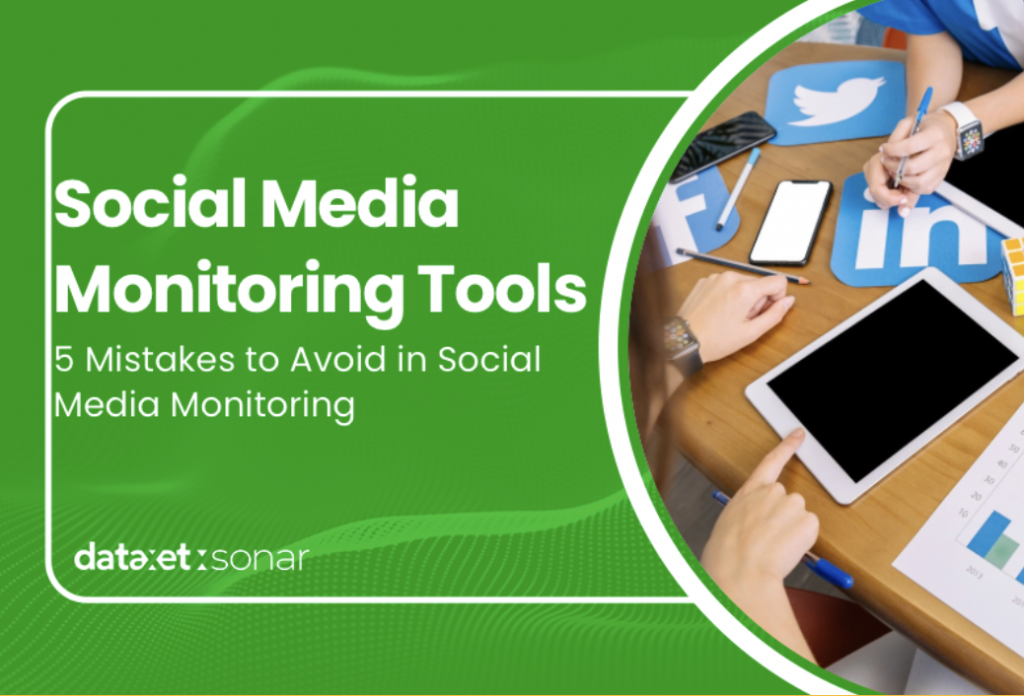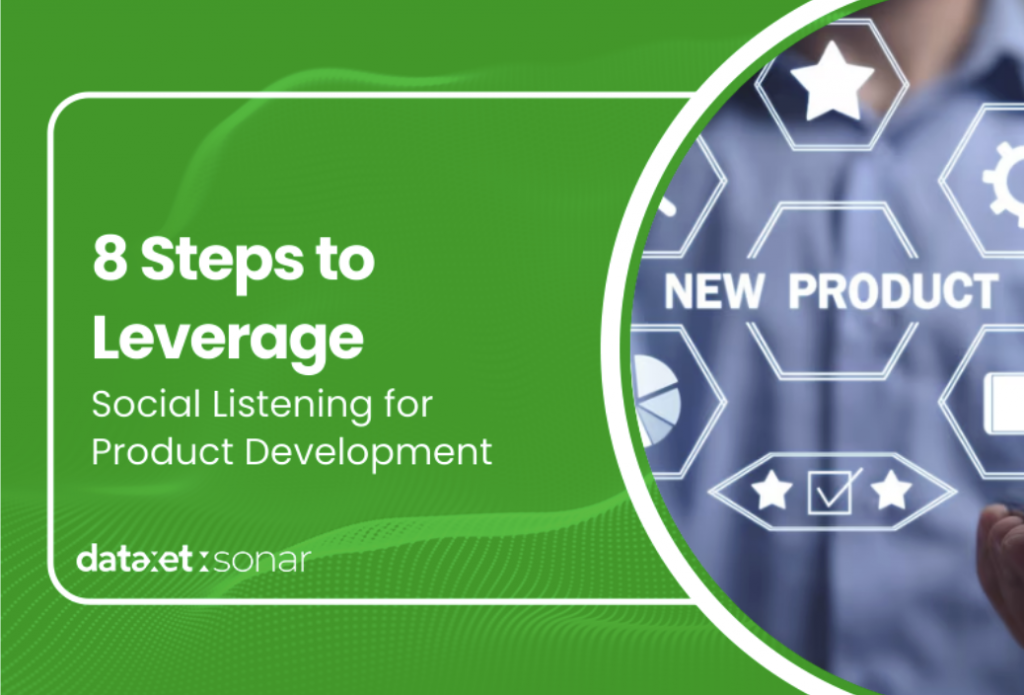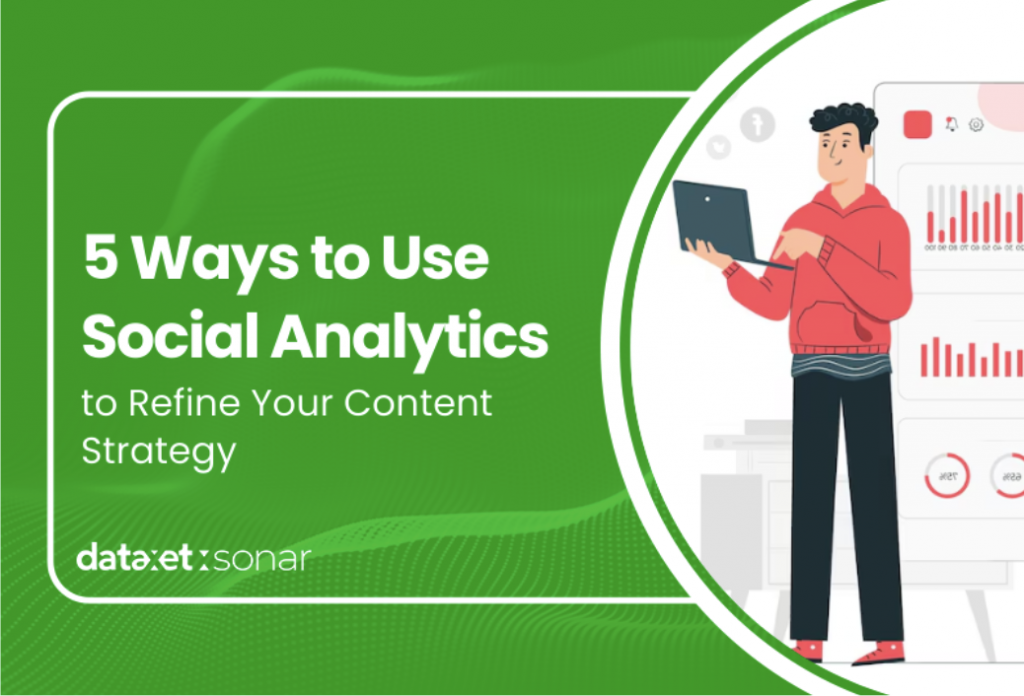In this fast-paced digital era, social media has become one of the most crucial tools for organizations and companies to reach their audiences. However, understanding the data generated from social media is not simple. This is where social media analytics tool come into play. By using these tools, marketers and social media specialists can gain deeper insights into content performance, audience behavior, and opportunities to optimize digital marketing strategies. This article will explain what social media analytics is and outline 10 important points you need to know to use it effectively. Learn what a social media analytics tool is and the 10 crucial points in its usage. Optimize your digital strategy with in-depth insights into content performance and audience behavior.
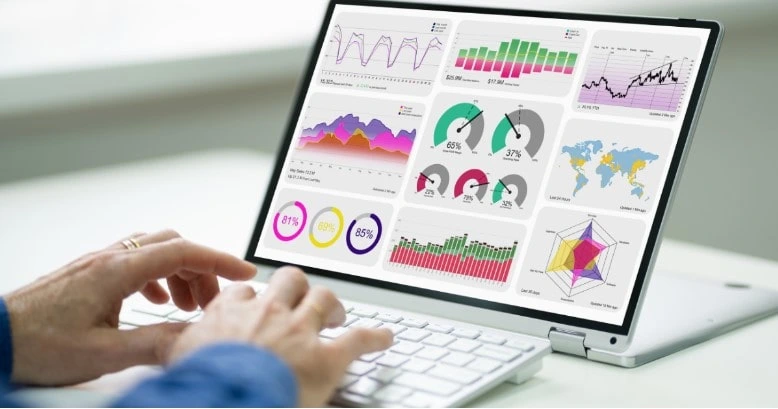
1. So, What Is Social Media Analytics?
Social media analytics is a platform designed to collect, analyze, and display data from various social media channels. This tool provides insights into content performance, audience behavior, and social media trends. With a social media analytics tool, companies can evaluate the effectiveness of their social media campaigns, track engagement, and optimize digital marketing strategies based on existing data.
Its main benefits include a deep understanding of how the audience interacts with content, enabling better decision-making for businesses involved.

2. Why Is Social Media Analytics Important for Businesses?
Social Media Analytics Platforms play a crucial role in providing deeper insights into audience behavior, campaign effectiveness, and content performance. This tool helps us not only view surface metrics like the number of interactions but also analyze the quality of engagement, audience sentiment, and its impact on business goals such as increased sales or customer loyalty. By using this tool, companies can establish more effective social media strategies, understand what the audience wants, and predict potential trends.
Beyond just reporting, social media monitoring tools enable companies to make real-time adjustments, ensuring that each campaign remains relevant and delivers optimal results.

3. Key Features a Social Media Analytics Platform Must Have
Effective social media analytics tools must have several essential key features, including:
1. Hashtag Tracking:
Tracking the performance of hashtags used in campaigns.
2. Engagement Analysis:
Monitoring audience engagement levels, such as likes, comments, and shares.
3. Sentiment Analysis:
Analyzing how the audience feels about your brand or product through comment and review analysis.
4. Performance Reports:
Providing comprehensive reports on content and campaign performance across various platforms.
These features are essential for businesses to make data-driven decisions.

4. How to Choose the Right Social Media Analytics Tool for Your Business
Selecting the right social media monitoring tool can be overwhelming with so many options available in the market. Here are some important factors to consider when choosing the right social media analytics tool:
Choose a tool with a simple and easy-to-understand interface. Not all users have a technical background, so it’s important to select a user-friendly tool that can be used without requiring special training.
Every company has different needs. For example, small businesses may require basic features like engagement tracking, while large companies might need more complex features such as sentiment analysis and the ability to generate social media reports. Ensure that the selected tool has features that align with the company’s needs.
Choose a tool that can integrate with various social media platforms like Instagram, Facebook, and TikTok. Good integration will facilitate data analysis from multiple channels simultaneously, making it more efficient and accurate.
Good technical support is crucial, especially when issues arise. Choose a tool that offers a responsive customer service team, along with clear guides to ensure smooth usage.
In the digital world, maintaining data security is essential. Ensure that the chosen platform has strong privacy policies and complies with data security regulations such as GDPR or local regulations in Indonesia.
If the company plans to grow, it’s important to choose a platform that can scale with future usage. A scalable platform will help the company remain relevant even as its analytics needs evolve.
By considering these factors, companies can choose an analytics platform that fits their needs without being overwhelmed by the many options available.

5. Comparison of the Best Social Media Analytics Platforms in Indonesia
Some of the best social media performance evaluation tools available in the Indonesian market offer a variety of features and advantages. Here are some of them worth considering:
This platform is known as one of the strongest analytics tools in Indonesia, with a focus on real-time monitoring and in-depth analysis. DXT360 by Dataxet enables users to analyze sentiment, monitor campaign performance, and quickly track crises. The platform also integrates various media data sources, making it easier for companies to understand public perception and engagement across different social media and online platforms. DXT360 is suitable for companies that need accurate and strategic insights for decision-making.
One of the most popular social media management platforms equipped with analytics features. Hootsuite allows users to schedule posts and monitor the performance of various social media accounts within a single dashboard. Additionally, this tool provides social media performance reports, helping to identify trends and engagement patterns.
Offering a variety of powerful features, such as engagement analytics, audience interaction tracking, and easy-to-understand performance reports. Sprout Social is ideal for companies looking to track follower growth and social media interactions in detail.
Focusing on ease of use, Buffer provides a simple tool for scheduling posts, analyzing content performance, and tracking engagement metrics. Buffer is suitable for teams seeking a lightweight yet effective social media analytics tool.
As a more advanced social media analytics tool, Brandwatch offers in-depth conversation analysis and the ability to detect industry trends and consumer sentiment. This tool is widely used by companies looking to develop strategies based on global trends and audience insights.
This comparison provides a guide to the 23 best social media monitoring tools in Indonesia that can be tailored to a company’s needs and scale.

6. How to Use Social Media Analytics Tools to Maximize Engagement
To ensure that social media metric monitoring systems are truly effective in boosting engagement rates, there are several tips and strategies that can be implemented:
Every audience has different active times. Using data from analytics tools, companies can identify when their audience is most active and adjust posting times to maximize content reach.
By analyzing engagement, companies can see which types of content receive the highest response from the audience. This information is very useful for planning future content that is more relevant and appealing to the audience.
Many social media monitoring tools allow users to track competitor activity. Through this data, companies can understand successful strategies used by competitors and how their audience responds, which can be applied to the company’s own strategy.
Analytics tools can help monitor the performance of hashtags used in campaigns. Use this data to adjust hashtags that are most effective in boosting engagement and attracting new audiences.
Social media metric monitoring systems are often equipped with sentiment analysis, allowing companies to understand how the audience feels about the brand or campaign. By understanding audience opinions, companies can quickly respond to negative sentiment and improve their strategies.
Conduct A/B testing using analytics tools to see which content performs better. For example, by testing two different types of posts and seeing which one generates higher engagement. This way, companies can continuously optimize their content strategy.
Some analytics tools allow companies to segment their audience based on specific preferences or demographics. This enables the creation of more personalized content that will be more relevant and engaging for each audience segment.

7. Measuring ROI (Return on Investment) Using Social Media Analytics Tools
Measuring the ROI (Return on Investment of social media activities is one of the biggest challenges for many companies. However, with online social media trend analytics tools , companies can track and evaluate the results of each campaign more accurately. Here are some ways these tools help measure ROI:
These tools help track key metrics like conversions, leads, and sales that are directly linked to business goals.
Beyond the number of likes and shares, these tools assess the quality of engagement, determining if interactions come from a relevant audience.
These tools allow companies to calculate campaign costs against the results achieved, enabling the assessment of investment efficiency.
With these tools, companies can track social media interactions that directly contribute to conversions, such as sales or sign-ups.
These tools provide real-time data, enabling companies to adjust strategies during campaigns to maximize ROI.
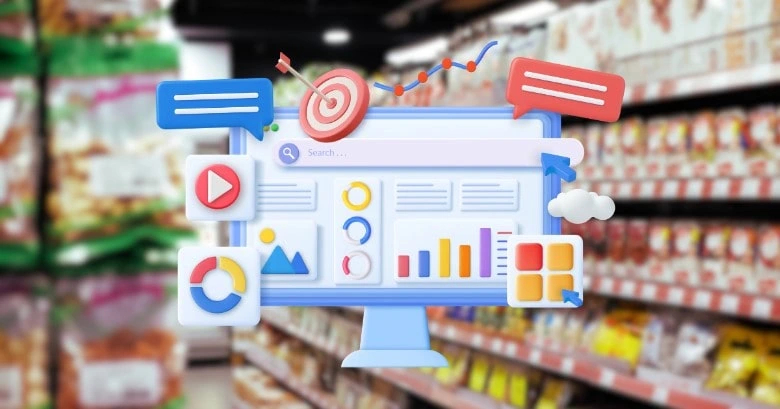
8. Case Study: Using Social Media Analytics in the FMCG Industry
An FMCG company in Indonesia used Dataxet Sonar to enhance its digital marketing strategy. This tool provides services that include real-time monitoring, sentiment analysis, as well as campaign and crisis effectiveness tracking. According to the company’s representative, using this tool has helped them understand public perception, monitor media coverage, and increase brand engagement.
Additionally, the sentiment analysis and crisis management services offered have also played a key role in maintaining the brand’s reputation in the public eye. By leveraging accurate data, the company was able to make more effective strategic adjustments, which ultimately had a positive impact on their performance and business outcomes.
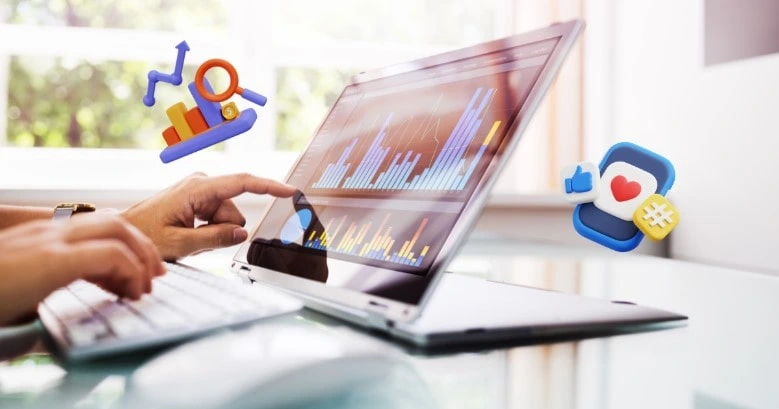
9. Latest Trends in the Use of Social Media Analytics Tools in Indonesia
The use of social media monitoring tools in Indonesia continues to grow in line with the increasing need for more effective marketing strategies. Here are some of the latest trends to watch for:
AI is used to analyze data quickly and accurately. With AI, analytics tools can identify patterns and provide more advanced predictions, such as forecasting trends and public sentiment toward a campaign. AI also enables automated sentiment analysis, helping companies understand audience emotions real-time.
Social media analytics tools now offer predictive capabilities, allowing companies to design marketing strategies based on future performance predictions. For example, predicting the most effective content or posting times to boost engagement.
These tools enable companies to monitor conversations and trends on social media in
real-time, allowing them to respond swiftly to crises or market opportunities. Real-time monitoring also allows companies to adjust campaigns mid-course if necessary.
Modern social media monitoring tools, such as DXT360 from Dataxet, allow data integration from various social media platforms and other media channels into a single dashboard. This provides companies with a more comprehensive view of their performance across channels.
There is an increasing focus on more in-depth sentiment analysis, where companies can more accurately understand public opinion. These tools help assess whether conversations about the brand are positive, negative, or neutral, providing critical insights for designing more targeted communication strategies.

10. The Future of Social Media Analytics Tools
In the future, social media performance measurement tools will become increasingly important in the digital marketing world, especially for companies looking to stay competitive in an ever-changing market. With technological advancements such as artificial intelligence (AI) and predictive analytics, these tools will provide deeper and more accurate insights for companies, enabling them to better understand their audience and predict future trends.
Platforms like DXT360
from Dataxet, which integrate various social media data sources into a single dashboard, equip companies with tools to analyze data in
real-time and across platforms. With this capability, companies can make faster, data-driven decisions, ultimately boosting engagement and ROI significantly.
The use of these tools will also become more integrated into overall business strategies, not limited to marketing but extending to reputation management, crisis monitoring, and campaign performance measurement. In the future, companies that optimally adopt social media analytics tools will be better prepared to respond effectively to market trends and consumer needs.

